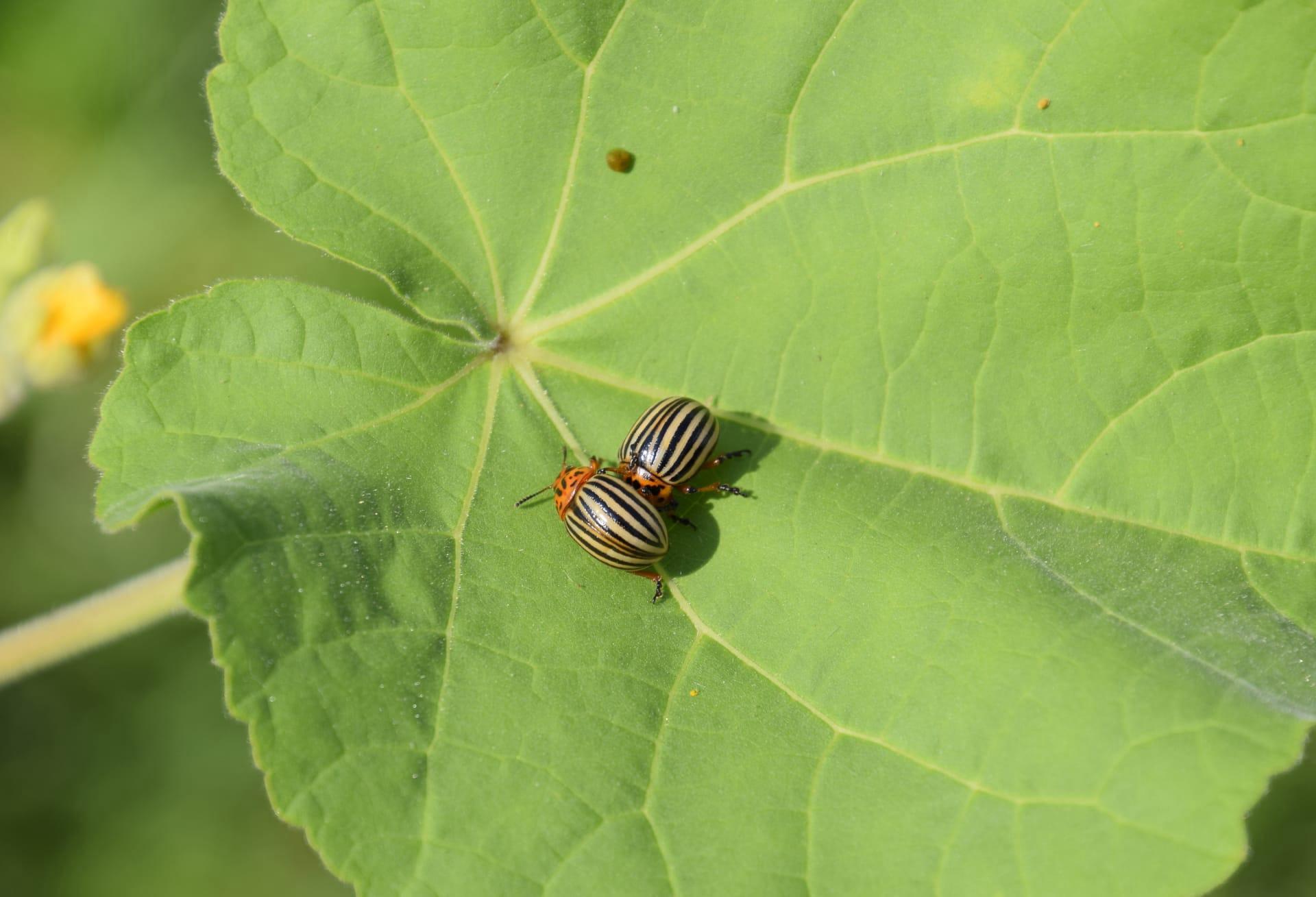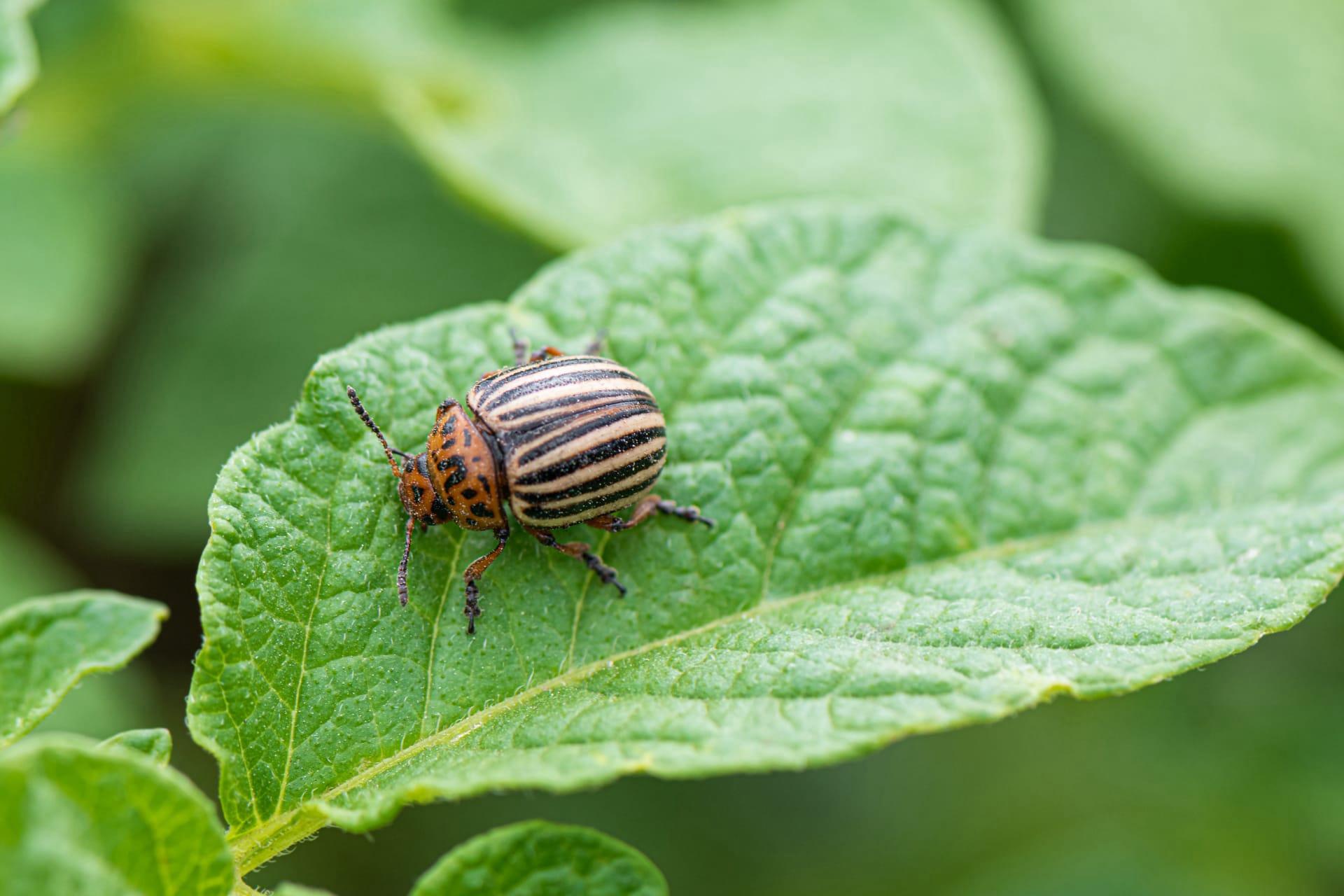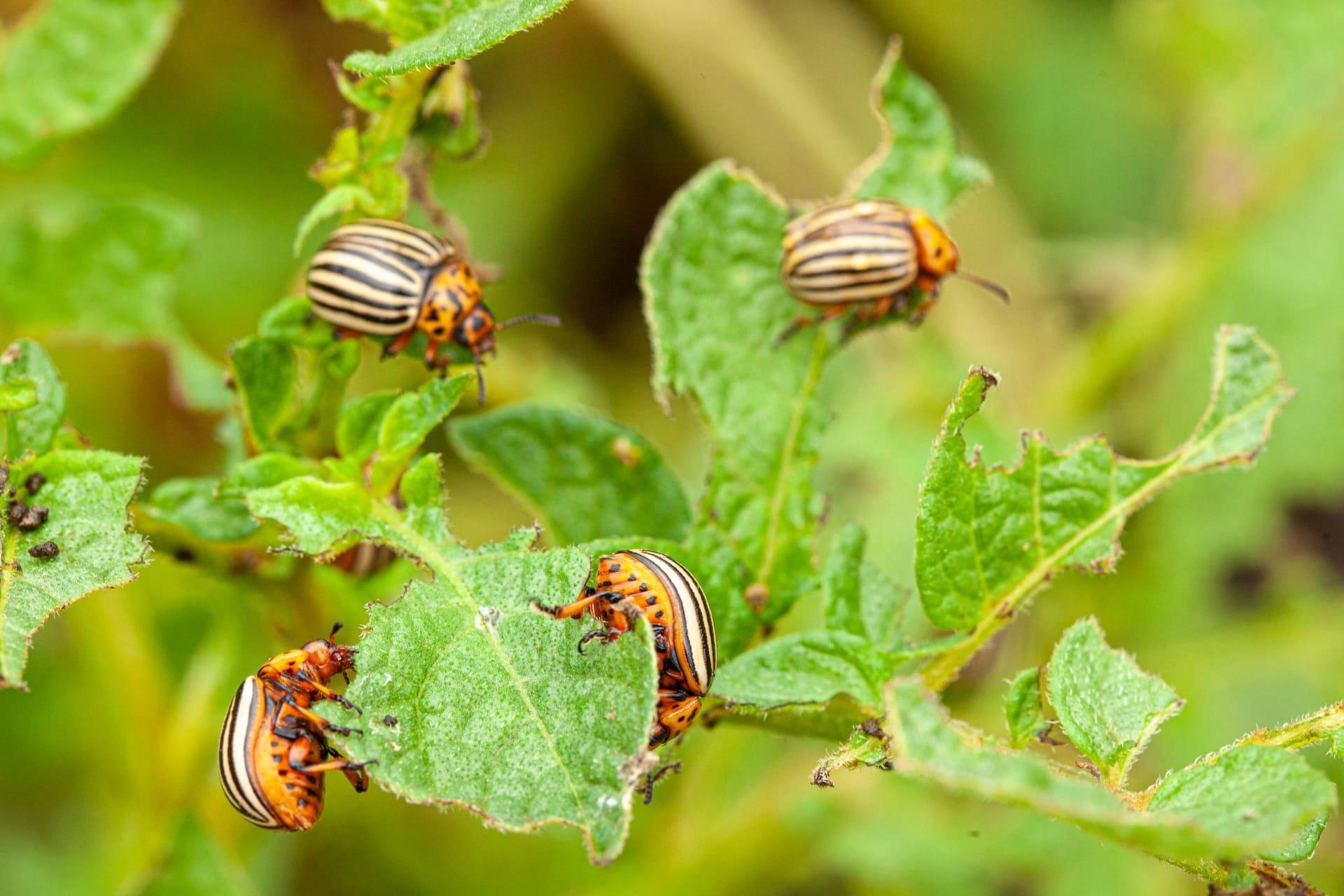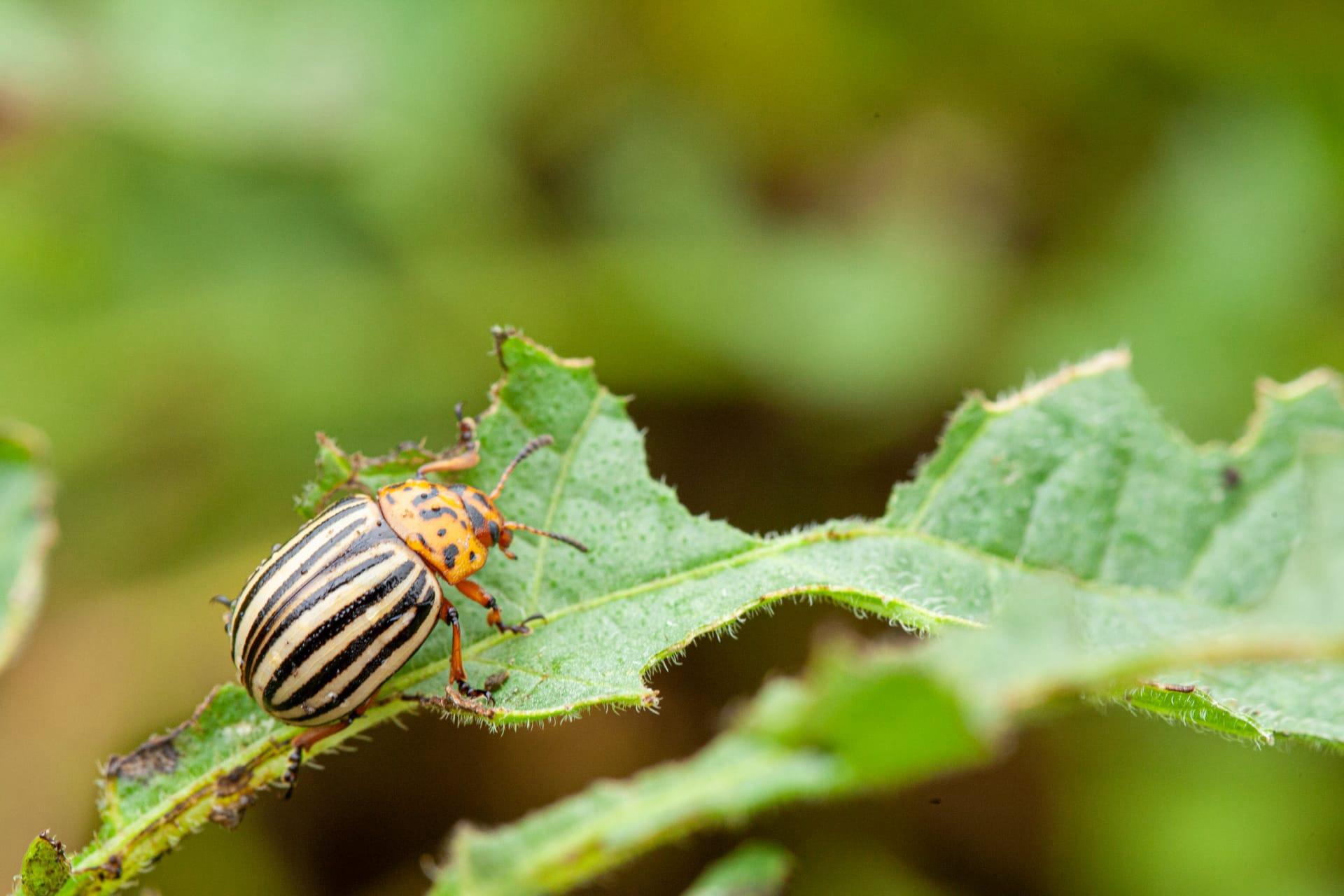Potato Bugs Characteristics
- Home /
- Mini Encyclopedia /
- Animal /
- Potato Bugs Characteristics
1
Welcome to the fascinating world of Potato Bugs, or more scientifically known as Jerusalem crickets. These intriguing insects, though not true crickets, have a distinct appearance. A typical adult Potato Bug measures about 2 to 3 inches (5 to 7.5 cm) in length, flaunting a robust, cylindrical body. They are predominantly nocturnal creatures with a lifespan that can stretch up to 2 years in the right conditions, which is notably long for an insect.
One of the most remarkable organs of the Potato Bug is its powerful mandibles. These are not just any ordinary mandibles; they are highly adapted for their subterranean lifestyle. These mandibles are strong and capable of burrowing into hard soil. They play a critical role in their survival, allowing them to dig underground tunnels, find food, and defend themselves against predators. Their mandibles are so efficient that they can even chew through plant roots and decaying matter with ease.

2
Question: What do people commonly mistake Potato Bugs for, and why?
Answer: A common mix-up occurs when people confuse Potato Bugs with venomous creatures, mainly due to their formidable appearance and size. However, this is a misconception. Potato Bugs are neither venomous nor harmful to humans. Their daunting look, with large heads and mandibles, often leads to this misunderstanding. In reality, they are mostly harmless and avoid human interaction, preferring to spend their lives underground.

3
When it comes to movement, Potato Bugs are unique. They are not known for being particularly fast or agile. Instead, they move in a slow, deliberate manner, especially when they're above ground. This is largely due to their heavy bodies and adaptation to a burrowing life. Their legs are strong and designed for digging rather than quick movement.
In terms of feeding habits, Potato Bugs are omnivorous, with a diet that predominantly consists of dead organic matter and roots. They play an important role in the ecosystem by breaking down decaying plant material. Interestingly, they have also been known to occasionally indulge in small insects. This diet reflects their role as both decomposers and occasional predators in their natural habitat.

4
Potato Bugs thrive in a variety of environments but prefer moist and dark places. You'll often find them in garden soil, under rocks, or within rotting logs. They are quite adaptable and can exist in different climates, although they have a preference for cooler temperatures and adequate moisture. This preference for humidity is why they are often found in more temperate regions.
Regarding reproduction, Potato Bugs have a fascinating mating ritual that involves drumming their abdomen on the ground to attract a mate. This form of communication is crucial for their reproduction. The female then lays eggs, usually in moist soil, ensuring the next generation's survival. The eggs hatch into nymphs, which undergo several molts before reaching adulthood.

5
Book: "Insects of the Night: The Life of Jerusalem Crickets" - Published in the United States, this 1998 book by entomologist Dr. Linda Rayor delves into the nocturnal world of Jerusalem crickets. Rayor combines scientific research with captivating narratives to explore the behaviors, life cycle, and ecological impact of these misunderstood insects. It's an enlightening read for anyone interested in the often-overlooked creatures of the night.
Book: "Underground Dwellers: The Secret Life of Potato Bugs" - This 2005 publication, authored by British biologist Dr. Henry Fletcher, offers an in-depth look at the subterranean lifestyle of Potato Bugs. Fletcher's work, rich in detail and supported by years of field research, sheds light on the adaptive features, diet, and reproductive habits of these intriguing insects, making it a valuable resource for both scientists and insect enthusiasts.